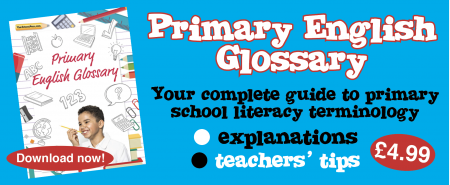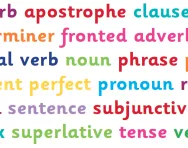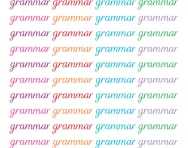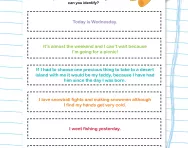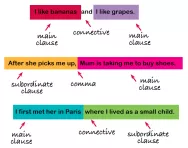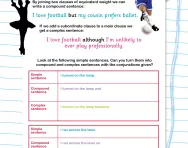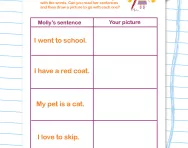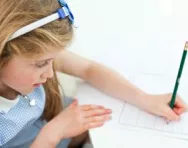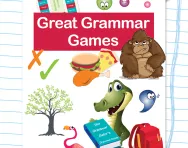Important update from TheSchoolRun
For the past 13 years, TheSchoolRun has been run by a small team of mums working from home, dedicated to providing quality educational resources to primary school parents. Unfortunately, rising supplier costs and falling revenue have made it impossible for us to continue operating, and we’ve had to make the difficult decision to close. The good news: We’ve arranged for another educational provider to take over many of our resources. These will be hosted on a new portal, where the content will be updated and expanded to support your child’s learning.
What this means for subscribers:
- Your subscription is still active, and for now, you can keep using the website as normal — just log in with your usual details to access all our articles and resources*.
- In a few months, all resources will move to the new portal. You’ll continue to have access there until your subscription ends. We’ll send you full details nearer the time.
- As a thank you for your support, we’ll also be sending you 16 primary school eBooks (worth £108.84) to download and keep.
A few changes to be aware of:
- The Learning Journey weekly email has ended, but your child’s plan will still be updated on your dashboard each Monday. Just log in to see the recommended worksheets.
- The 11+ weekly emails have now ended. We sent you all the remaining emails in the series at the end of March — please check your inbox (and spam folder) if you haven’t seen them. You can also follow the full programme here: 11+ Learning Journey.
If you have any questions, please contact us at [email protected]. Thank you for being part of our journey it’s been a privilege to support your family’s learning.
*If you need to reset your password, it will still work as usual. Please check your spam folder if the reset email doesn’t appear in your inbox.
What are simple, compound and complex sentences?
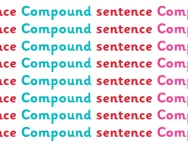
What is a sentence?
A sentence is a grammatical unit made up of one or more words (Go! is a sentence, as is The cat sat on the mat.). Sentences begin with a capital letter and end with a full stop, a question mark or an exclamation point.
What is a simple sentence?
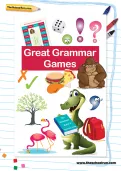
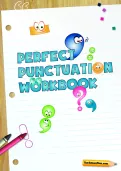
Give Your Child The Gift Of Great Grammar
- Perfect Punctuation Workbook
- Grammar Games Pack
- PLUS 100s of other grammar resources
What is a compound sentence?
A compound sentence is formed when you join two main clauses with a connective. In a compound sentence the clauses are linked by coordinating conjunctions / connectives (and, but, so, or).
Zoe can be rude at times but she is a nice girl.

What is a complex or multi-clause sentence?
Complex sentences can also be referred to as multi-clause sentences.
A complex sentence is formed when you join a main clause and a subordinate clause with a connective. A subordinate clause is one that relies on a main clause to make sense.
The connectives in complex sentences are subordinating conjunctions and they tell us about the order or the place in which things happened or specify a cause or effect relationship between events. Connectives used in complex sentences include after, although, as, because, if, since, unless, when.
You need to prepare for the spelling test tomorrow if you want to get all your spellings right.
The big dog barked whenever I knocked on the door.

Complex sentences can also be constructed by including relative clauses (which are subordinate clauses), for example: Tom, who liked to read, settled down happily with his new book.
How are children taught sentence construction in KS1?
Children are not necessarily taught the concept of compound and complex sentences explicitly in KS1, but teachers will encourage children to notice the use of connectives in texts they are reading and how they make the writing more effective.
In Year 1, children need to start joining parts of sentences (clauses) using 'and'. For example:
In Year 2, children need to start using subordination, which occurs in a complex sentence. So instead of writing: 'I wanted some ice-cream,' they need to expand this using the connectives 'and,' 'or' and 'but,' to something like: 'I wanted some ice-cream but there was none.'
How is sentence construction taught in KS2?
Children continue to be expected to use compound and complex sentences. They will be expected to use more and more varied and sophisticated connectives.
In Years 3 and 4 they are expected to use 'when,' 'if,' 'because' and 'although'.
In Years 5 and 6 they are expected to use 'meanwhile,' 'therefore,' 'however,' 'consequently,' and other connectives.
By Year 6 children are expected to recognise, understand and be able to explain what simple, compound and complex sentences are, as this is likely to come up in the KS2 Grammar, Punctuation and Spelling test.
Teachers use a variety of methods for encouraging children to improve their sentence structure:
- Teachers often put lists of connectives up around the classroom to encourage children to remember to use them in their writing.
- They may also play classroom games, saying sentences out loud using connectives. An example of this is to give children the half-sentence: 'I would like to get a dog, however,' and then ask them to repeat it, adding their own half of the sentence, for example: 'I would like to get a dog, however my mum won't let me.'
- Teachers will also model the use of compound and complex sentences on the board when they are drafting example text for the children.
- When a teacher marks a draft piece of writing, they may, in their marking, draw the child's attention to how two simple sentences could be joined by a connective, or how one simple sentence could be expanded by a connective and a second clause.

